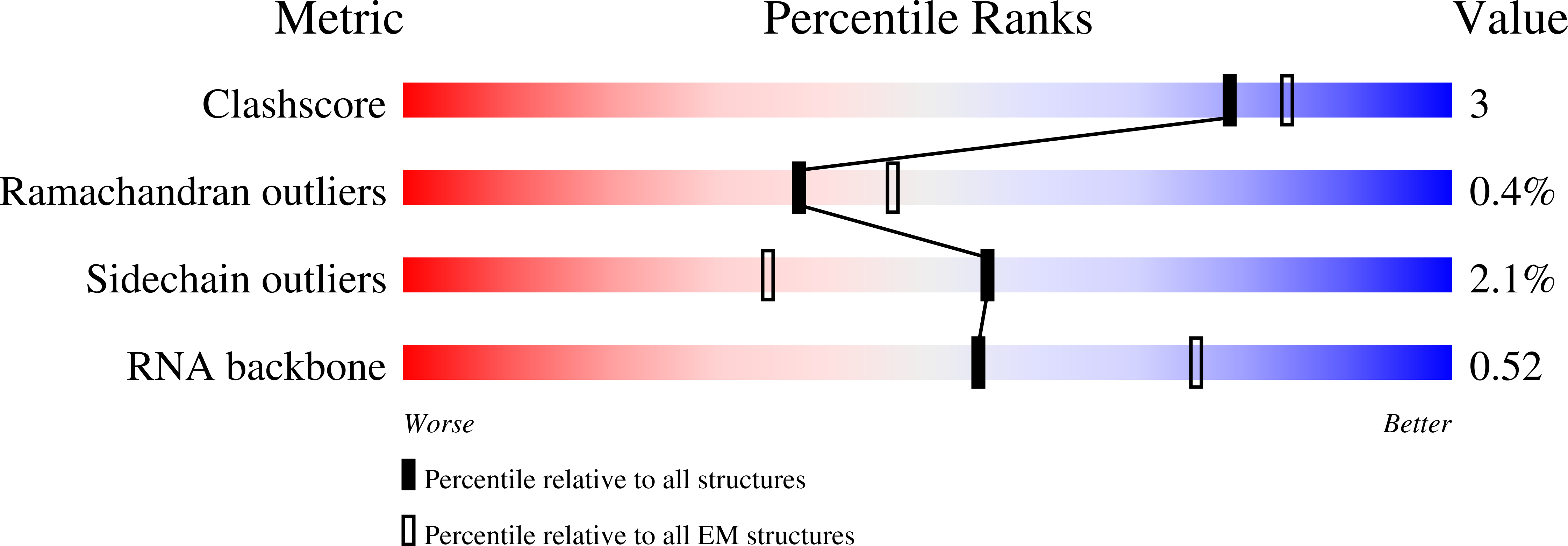
Deposition Date
2016-12-04
Release Date
2017-01-11
Last Version Date
2025-03-19
Entry Detail
PDB ID:
5U4J
Keywords:
Title:
Structural Basis of Co-translational Quality Control by ArfA and RF2 Bound to Ribosome
Biological Source:
Source Organism:
Escherichia coli (Taxon ID: 562)
Host Organism:
Method Details:
Experimental Method:
Resolution:
3.70 Å
Aggregation State:
PARTICLE
Reconstruction Method:
SINGLE PARTICLE


